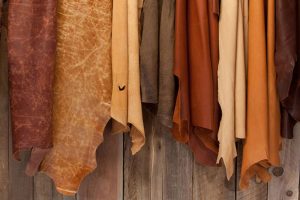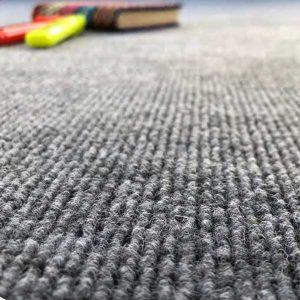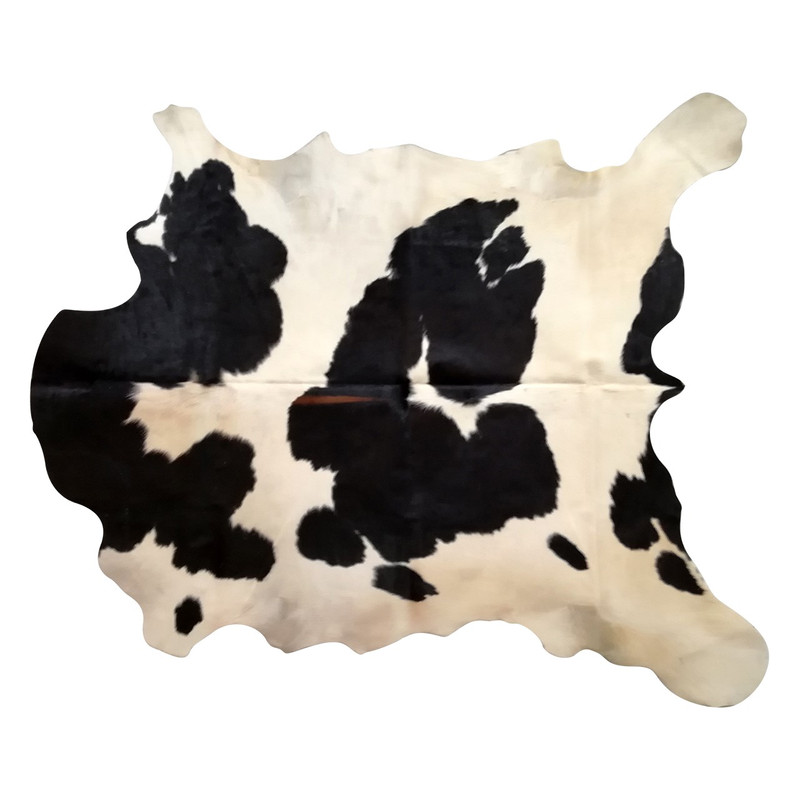Carpet is one of the oldest and most widely used floor coverings in the world, with a long and fascinating history. Although carpet in its modern form is the result of new technologies, its original idea dates back to ancient times. In this article, we will examine the history of the invention of carpet, its developments over time, and the importance of this product in today's world.
History and Invention of Carpet: From Simple Fibers to Modern Flooring
Carpet is one of the oldest and most widely used floorings in the world. It has a long and fascinating history. Although carpet in its modern form is the result of new technologies, its original idea dates back to ancient times. In this article, we will examine the history of the invention of carpet, its developments over time, and the importance of this product in today's world.
The original idea of carpet:
Inspiration from nature
The use of flooring to create comfort in a space dates back to ancient times. At that time, people used natural fibers such as animal wool, straw, and mats to cover the floor. These raw materials were widely used because they insulated against the cold and provided comfort.
In its primitive form, carpets consisted of simple weaves that displayed the early patterns of the textile industry.
Invention of Carpets:
From Hand-Woven to Industrial
1. Hand-Woven Period:
In ancient times, carpets and rugs were used as the main floor covering. Many researchers believe that carpets first emerged in Central Asia and the Middle East as a simpler and more economical version of the carpet. During this period, simple, thick weaves of wool or natural fibers were used to cover the floor.
2. Industrial Revolution:
In the 19th century, with the introduction of industrial machinery to the textile industry, carpet production underwent a fundamental transformation.
- The first carpet weaving machine: In 1839, Erasmus Winfield in England designed a device that enabled the production of machine-made carpets.
- Advances in tufting: In the 1950s, the tufting method was introduced for carpet production. This method made it possible to produce a variety of carpets at a reasonable price and led to the expansion of the use of carpets in the world.
Carpet developments in the 20th century
- Increasing diversity in fibers:
With the advancement of technology, synthetic fibers such as nylon and polyester were used in the production of carpets. These fibers were more resistant to abrasion and stains. - Soundproof and thermal insulation carpets:
In the 1970s and 1980s, carpets with sound absorption and thermal insulation capabilities were produced for use in buildings and public spaces. - Modern design and color: Manufacturers moved towards diverse designs and attractive colors to coordinate with interior decoration.
The importance of the invention of carpet in today's world
The invention of carpet and its evolution have had important impacts on human life:
- Use in homes: Carpet is used in many homes as a comfortable and economical flooring.
- Public and office spaces: Carpet is The high durability makes it a suitable option for schools, mosques, hotels and offices.
- Role in interior decoration: The diverse designs and colors of carpet help to beautify the environment.
- Environmentally friendly: In recent decades, manufacturers have moved towards using recycled materials and producing sustainable carpets.
Conclusion
The invention of carpet is one of the important achievements of the textile industry that has accompanied human life from the distant past to the present. . This product, by passing through various historical and industrial paths, has become one of the most widely used floorings in the world. With the advancement of technology, the future of carpeting is moving towards the production of smart, environmentally friendly products and creative designs.



